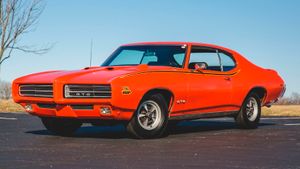We search for the truth as consumers' backs are against the wall...
As we’ve been covering for a while, the prices of used cars have absolutely skyrocketed in the last year. People blame the sharp increase on several factors ranging from the computer chip shortage to government-mandated shutdowns during the pandemic. This has left many car shoppers panicking as they’ve realized their purchasing power has been vastly diminished in the past year. This has left people wondering what’s fueling the price increases and when we might see the market return to normal.
Ford has announced production slashes for some of its most popular lines. Learn more here.
Multiple factors are fueling extreme inflation of used car prices, which is helping drive inflation in general in the US. Currently, we’re dealing with a processing chip shortage which has forced automakers to not churn out nearly as many cars as normal, especially considering demand is high. About a year ago, automakers shut down many production lines because governments, unions, and even the companies themselves feared workers would spread COVID-19. This has meant fewer new cars on the market, causing consumers to turn to used cars. It also means fewer lease return vehicles in the used car market.
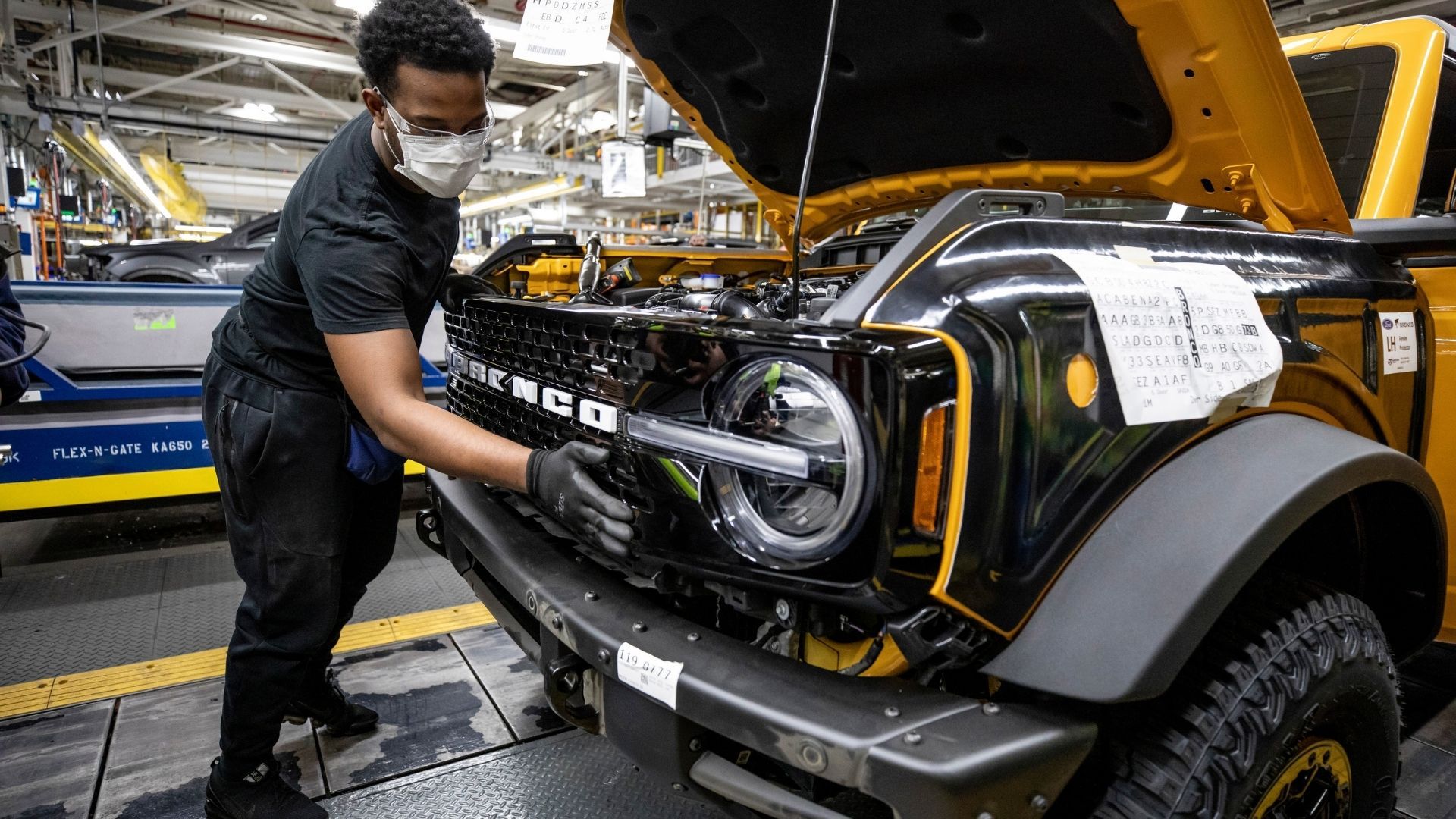
Also fueling the fire is the extra money put in people’s pockets thanks to government stimulus checks. Because of that additional cash, people are willing to shell out even more for a used car. What's more, car rental companies have been buying up used vehicles quickly after unloading them over a year ago, thanks to demand for their services suddenly surging. Plus, as people have been able to work remotely, or they reassessed their choice of living in a densely-populated urban center, those who didn’t need cars before have purchased one to get around in their new suburban living arrangement.
Just how much has this affected the used car market? According to Ernie Garcia, who is the founder and CEO of Carvana, wholesale prices of used vehicles have increased 15% to 25% over the past year. He told Forbes in an interview, “Prices have moved very dramatically. I'm not aware of any period in history where car prices have appreciated that quickly.”
While aimed at recharging the economy, some think the stimulus money issued by the government in 2020 and 2021 has only fueled inflation. With more disposable income in their bank accounts, Americans began going on a shopping spree that included used cars. That behavior seems to have hit the lower end of the market the hardest, where people could use their stimulus to make a huge down payment or just buy a car outright.
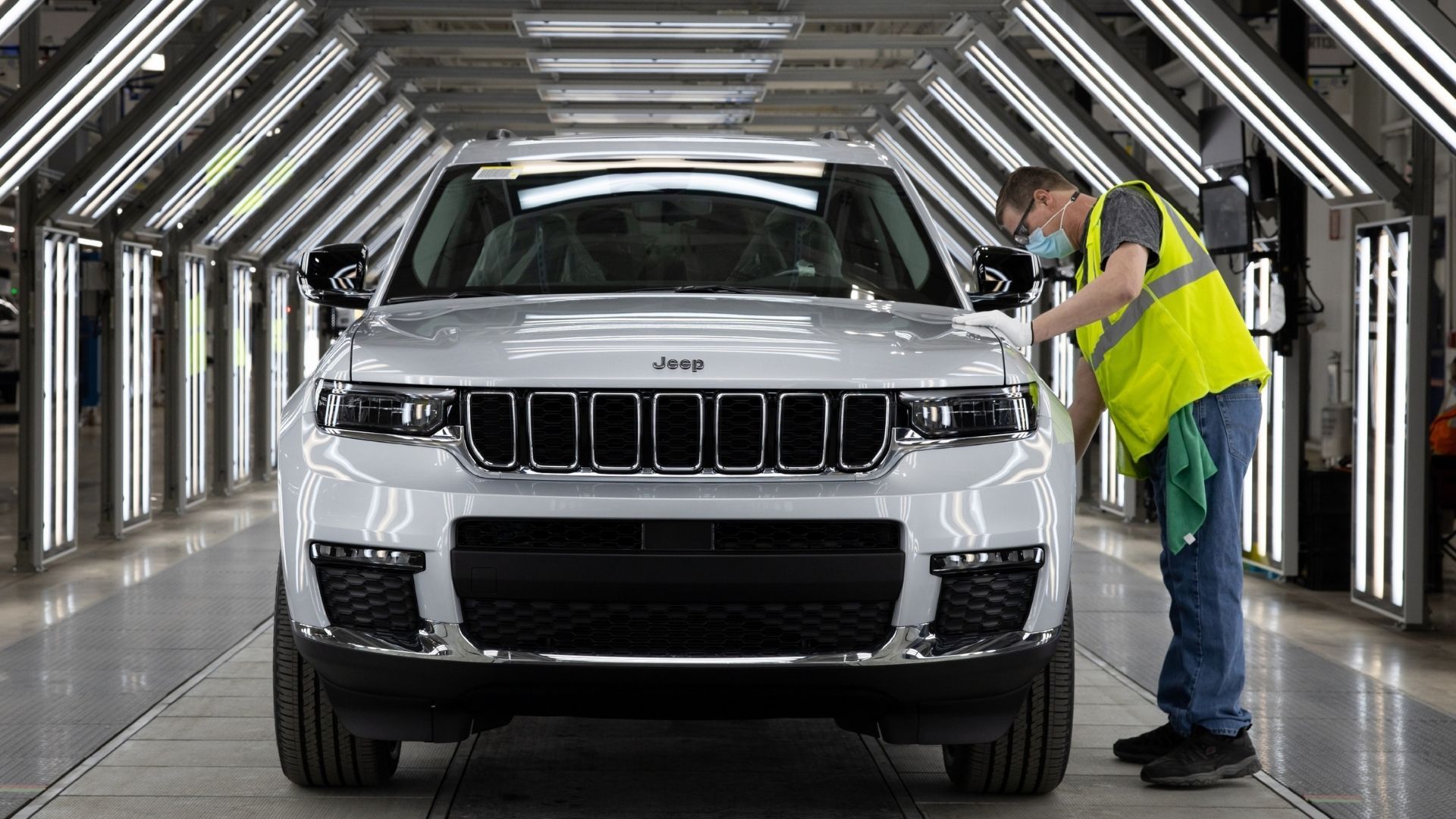
Pat Ryan, CEO of CoPilot, a car-shopping service, recently told Business Insider that supply of used vehicles priced under $20,000 is down about 90%. He agrees the cause has been government stimulus money injected into the economy. That means anyone looking for an ultra-affordable car now has their work cut out for them.
Toby Russell, co-CEO of Shift.com, told Forbes he’s seen strange behavior by used car shoppers lately. His company has been selling vehicles with huge problems like frame damage or an engine needing to be rebuilt selling for well above market value, the demand is so high. Usually cars with those kinds of issues would cause the company to lose money, but instead they’re bringing in a tidy profit.
A factor we haven’t explored as much in the past but has come to our attention is the fact car dealerships have been snatching up private party used cars to add to their inventory. According to Ryan, “dealers are thirsting for inventory, there’s no question about it.” Automotive News reports dealers are aggressively pursuing private sellers on Facebook Marketplace, Craigslist, and other internet sites as they’re scrambling to replenish their used vehicle stock. In that report, the publication details how one dealer has been giving sales staff between $200 and $400 for buying up used cars, trucks, and SUVs from private sellers. Of course, the dealership stands to make far more once they mark up the price of each vehicle, so it’s a big win for the business.
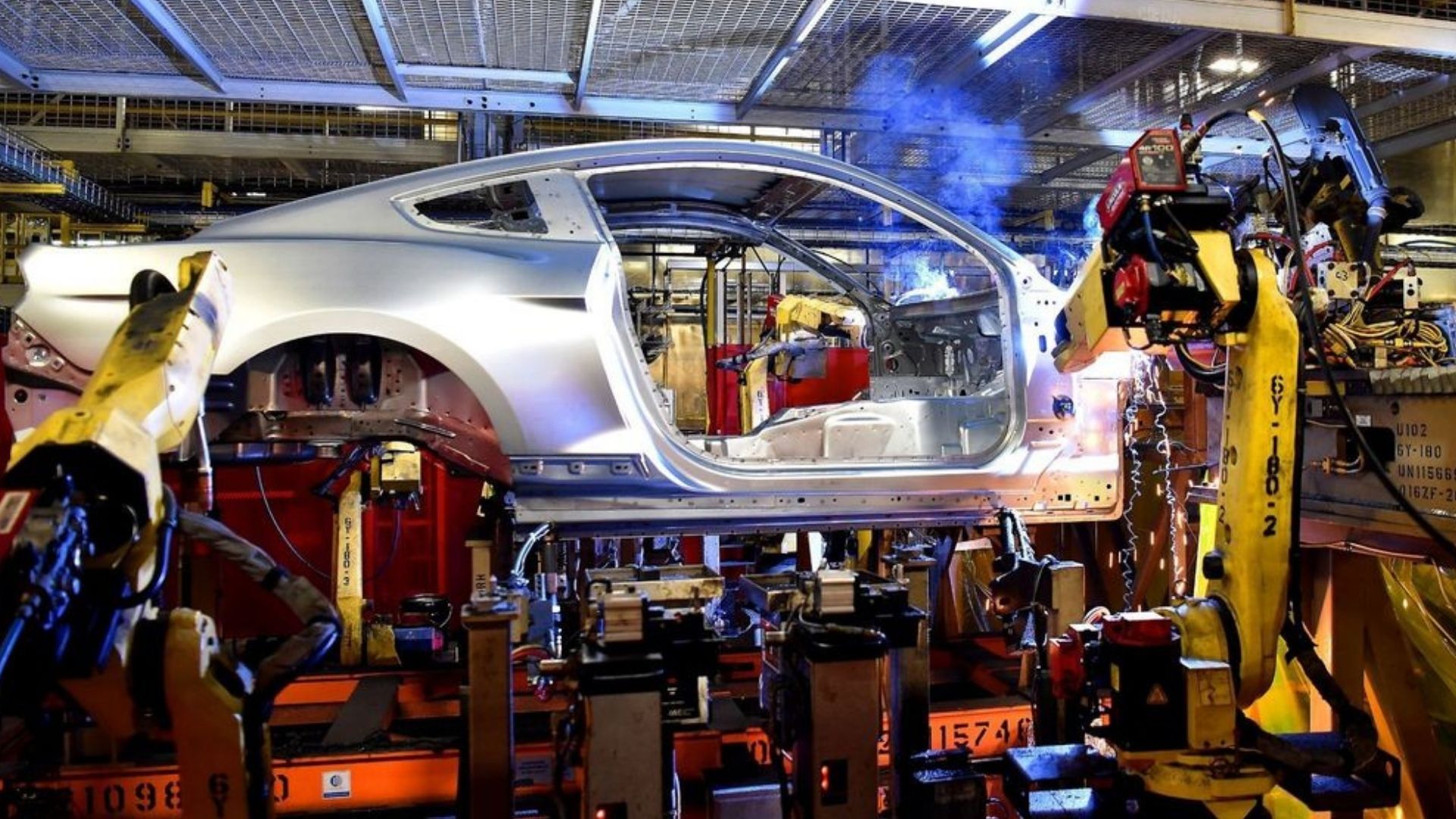
To gauge how overall dealer sales are faring as both new and used vehicle inventories have been strained, we reached out to sources at several big dealership chains for more information. However, our sources were unwilling to share sales data or even give a general overview of sales volume over the past year.
The supply of new cars could potentially be affected as GM struggles to fill line worker positions and other automakers might be dealing with similar issues. UAW has suggested that GM relax drug testing policies and offer better pay as well as improved benefits as a potential solution. With fewer people on the job assembling cars, trucks, and SUVs, that will mean fewer new vehicles on the market and possibly inflated prices, which in turn affects the used car market. On the other hand, by paying workers more and offering increased benefits, moves which UAW says are necessary to compete in a tight labor market, GM might be forced to increase the price of new cars as operational expenses expand.
There’s yet another cost inflation factor: the rising cost of certain raw materials. As The Washington Post has pointed out, prices for plastic, glass, leather, and steel have risen dramatically in the past year, just like the cost of lumber. Manufacturing and shipping costs have also increased. All those additional expenses get rolled into the price of not only new cars but also replacement parts. When dealers have to recondition a used vehicle before selling it, that means they have to shell out more for a new windshield, alternator, or anything else installed. That expense is passed along to the consumer.
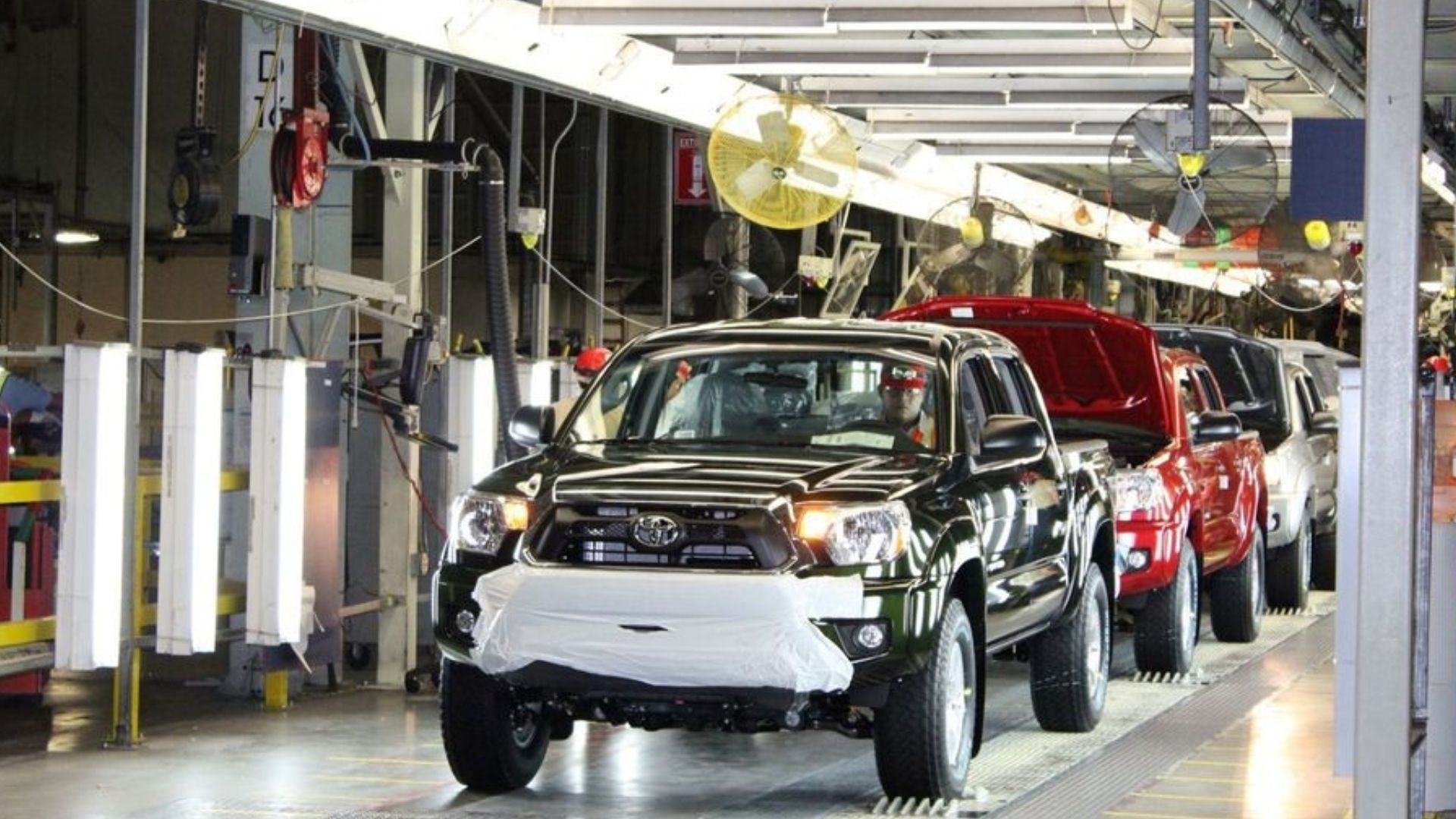
Complicating things further has been automotive line shutdowns not related to COVID-19 or the lack of processing chips. The most high-level case has been GM stopping production of the C8 Corvette in Bowling Green, Kentucky for a week. GM refusing to elaborate on which components it experienced a shortage of, other than to say it wasn’t chip-related, has led to plenty of speculation about the cause.
Some are predicting this perfect storm which inflated used car prices will start disappearing as soon as the third quarter of 2020. That’s right around the corner. Not everyone who thinks used vehicle costs will come down is clear on if the change in prices will be sudden like a thunderclap or come as a slow deflation. Either way, people who have financed used cars under price inflation could find themselves upside down by a tremendous amount once the market settles back to normal. This is especially true for those who put little down when buying their vehicle and have made no moves to take a significant bite out of their loan. Why banks and other lenders have financed these sky-high prices instead of making consumers put more money down, which has ultimately enable much of the market inflation, is a question many are asking and rightfully so.
According to Jeremy Alicandri, a contributor at Forbes, the bubble will suddenly burst in the used car market, making for an almost violent price correction. As he points out, the RVI Index or the measure of wholesale used car prices leaped 54% in the past year, which is shocking. Plus, prices just keep inflating instead of decreasing, which seems bizarre and is causing considerable stress for car shoppers. He also believes the potentially record-high negative equity for car owners could be bad for investors in the asset-backed security (ABS) market. Not everyone agrees with Alicandri’s assessment, however only time will indicate if he’s correct or not.
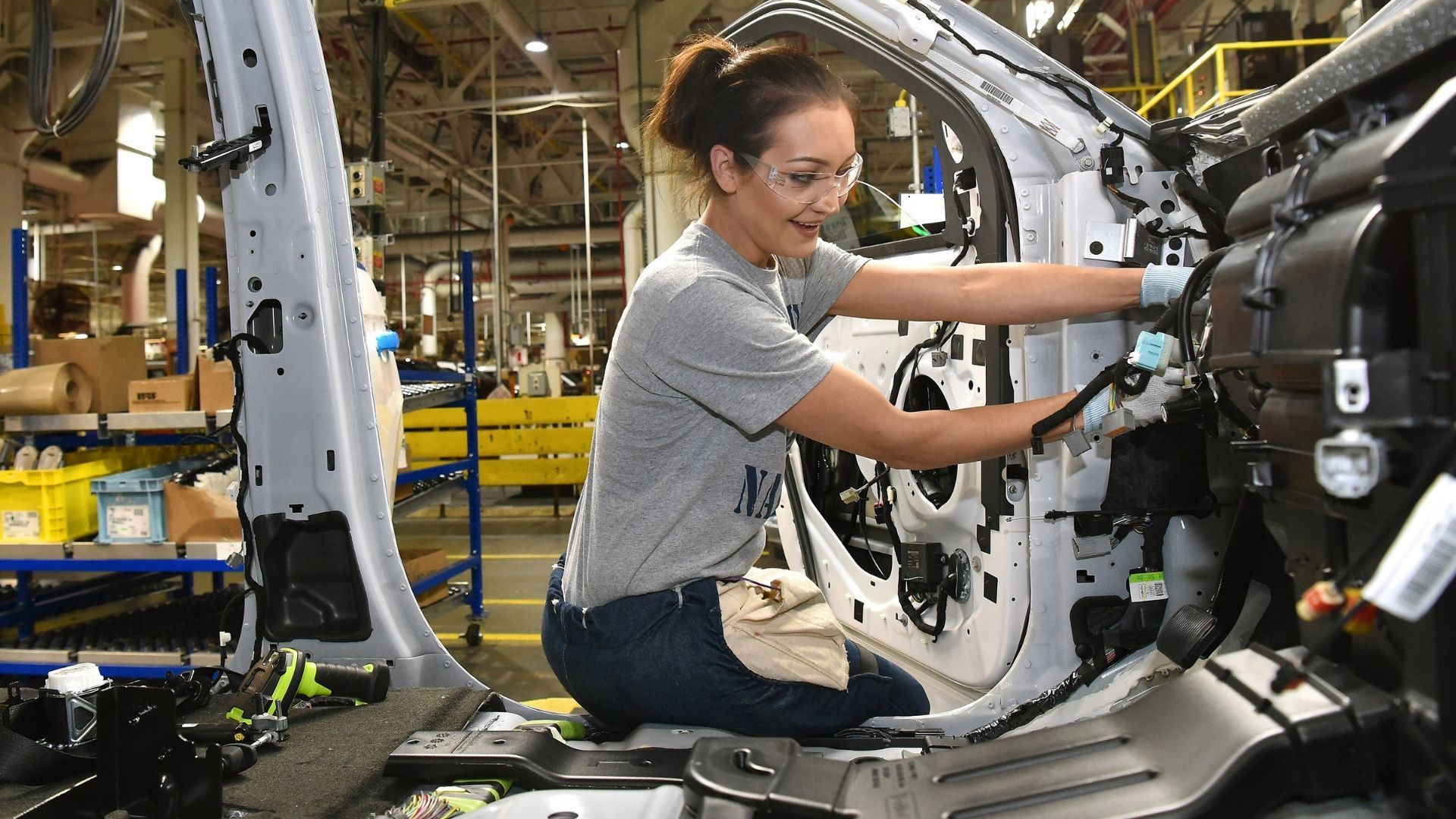
Jonathan Banks, vice president of Valuation Services at J.D. Power told Forbes in an interview he sees “no signs of softening” on used car prices “for the foreseeable future.” Banks believes we should strap in for the long haul on this market inflation.
Cox Automotive senior analyst Charlie Chesbrough believes the current situation will continue to fuel a rise in used car prices. In a report issued on May 20, he admits there will come a point when prices will push too high and demand will recede, “but we are not there yet.”
For many, the inflated used car prices and constricted supply for new vehicles has led to keeping their current ride or risk paying steep prices for a replacement. A report from IHS Markit shows the average age of cars on US roads is 12.1 years, a new record. The increased reliability and durability of vehicles has helped make that possible. But sky-high prices have definitely help drive consumer behavior.
The silver lining in all this is anyone who has a vehicle they don’t want to keep can fetch top dollar. That’s especially true if what they’re willing to unload is a truck or SUV since both are commanding the biggest price increases at the moment.
Sources: Automotive News, USA Today, Forbes, Business Insider, The Washington Post, Forbes
Lead image credit: Flickr





